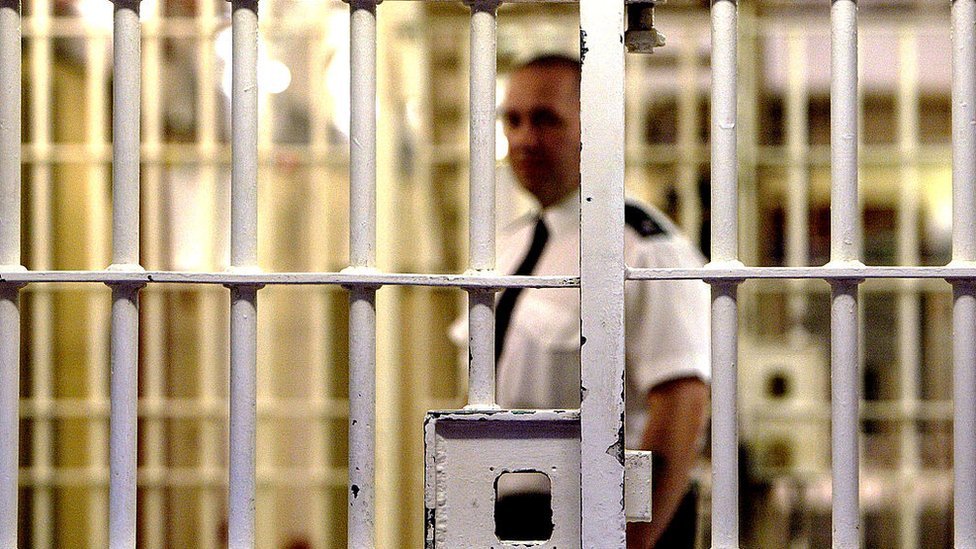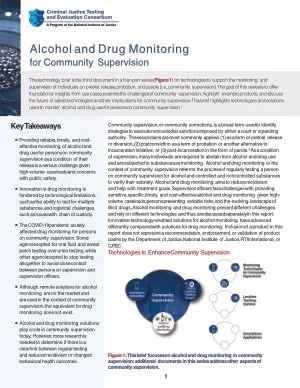By Lucy Lang Inspector General
The myriad manifestations of systemic racism in the complex web of social systems throughout New York State and America writ large are well-documented. Criminal justice systems in particular are rife with racial inequities at every stage, from initial contact to arrest, trial, and sentence, and through re-entry and beyond, which are themselves inextricably connected to devastating racial disparities in inter-related and surrounding systems including, for example, education, housing, and public health. In December 2016, The New York Times1 reported on a specific alarming instance of such disparities—those in the allocation of behavioral infraction tickets2 and the attendant punishment by the New York State Department of Corrections and Community Supervision (DOCCS) to incarcerated individuals in the year 2015.3 Following publication of the New York Times findings, the then governor directed that the New York State Inspector General “investigate the allegations of racial disparities in discipline in State prisons” and recommend solutions.4 After an initial review, the Inspector General recommended that DOCCS engage the National Institute of Corrections (NIC) 5 , a federal agency that is part of the U.S. Department of Justice, to complete a comprehensive assessment based on their extensive national expertise. The Inspector General oversaw that process and the implementation of the accepted recommendations. Over the following half-dozen years, with the cooperation of DOCCS, the Inspector General continued to monitor these trends to determine whether the NIC recommendations had the desired impact, to observe the impact of additional measures implemented by DOCCS to identify and address possible racial bias in its facilities, programs, and disciplinary actions, and to gather more comprehensive data in hopes of conclusively identifying the root causes of the observed disparities. As part of that effort, the Inspector General conducted its own comprehensive analysis of data maintained by DOCCS on the discipline of incarcerated individuals. This analysis expanded upon the methodology used by the Times6 by covering a broader period (2015-2020), using an alternate method of tallying of incarcerated populations7, and including reports of rule violations, which are known as Misbehavior Reports, that were ultimately dismissed. 8 In addition, the Inspector General retained a professor who is an expert in statistics to review and comment on its analysis.
United States, New York State Office of the Inspector General. 2022, 175pg





















